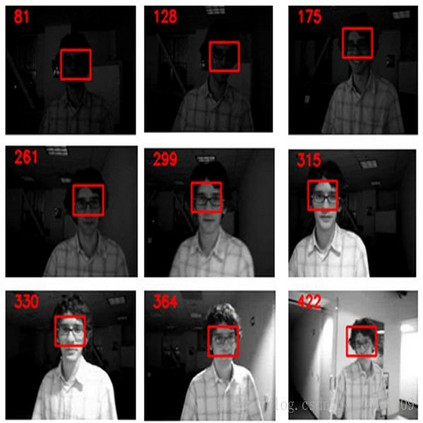Our ability to track multiple objects in a dynamic environment enables us to perform everyday tasks such as driving, playing team sports, and walking in a crowded mall. Despite more than three decades of literature on multiple object tracking (MOT) tasks, the underlying and intertwined neural mechanisms remain poorly understood. Here we looked at the electroencephalography (EEG) neural correlates and their changes across the three phases of a 3D-MOT task, namely identification, tracking and recall. We recorded the EEG activity of 24 participants while they were performing a 3D-MOT task with either 1, 2 or 3 targets where some trials were lateralized and some were not. We observed what seems to be a handoff between focused attention and working memory processes when going from tracking to recall. Our findings revealed a strong inhibition in delta and theta frequencies from the frontal region during tracking, followed by a strong (re)activation of these same frequencies during recall. Our results also showed contralateral delay activity (CDA) for the lateralized trials, in both the identification and recall phases but not during tracking.
翻译:在动态环境中追踪多种物体的能力使我们能够执行日常任务,如驾驶、团队体育和在拥挤的购物中心行走。尽管30多年关于多物体跟踪任务(MOT)的文献,但基本和相互交织的神经机制仍然不甚为人理解。在这里,我们查看了3D-MOT任务的三个阶段,即识别、跟踪和召回,电子脑物理学神经相关环节及其变化。我们记录了24名参与者在从事3D-MOT任务时的活动,其中有1、2或3个目标,有些试验是横向的,有些则不是横向的。我们发现,从追踪到回顾时,注意力集中和工作记忆过程之间似乎有所交错。我们的调查结果显示,在跟踪过程中,三角洲和波段频率受到强烈的抑制,随后是回顾中这些频率的强烈(重新)活跃。我们的结果还显示,在识别和召回阶段,有些是反向延迟试验,但并非追踪阶段,反向延迟活动(CDA)。


